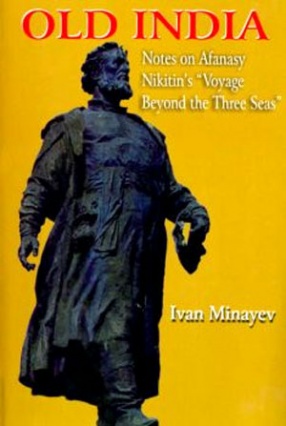poured capital into them, colonial officials subsidized them and European travellers patronized them. The country boats—blown by the winds, rowed by the oars, dragged by ropes—had hardly changed in a thousand years. Yet these humble country boats not only saw the steamers out but also survived the coming of the railways. They were far better adapted to the shallow, shifting rivers; they were much cheaper to build and operate; and they drew on an extraordinary pool of skills—the skills of the boatmen and boat builders.
Steamboats on the Indus shows that the received wisdom—the ‘Tools of Empire’ approach to the history of technology and imperialism—is wrong to assume that Western machines destroyed indigenous techniques wherever they came into competition. Traditional technology could exploit the economic opportunities created by imperialism at lower cost than the most advanced machinery from the West.
So the country boats kept the river trade while the steam flotillas went bankrupt.






There are no reviews yet.